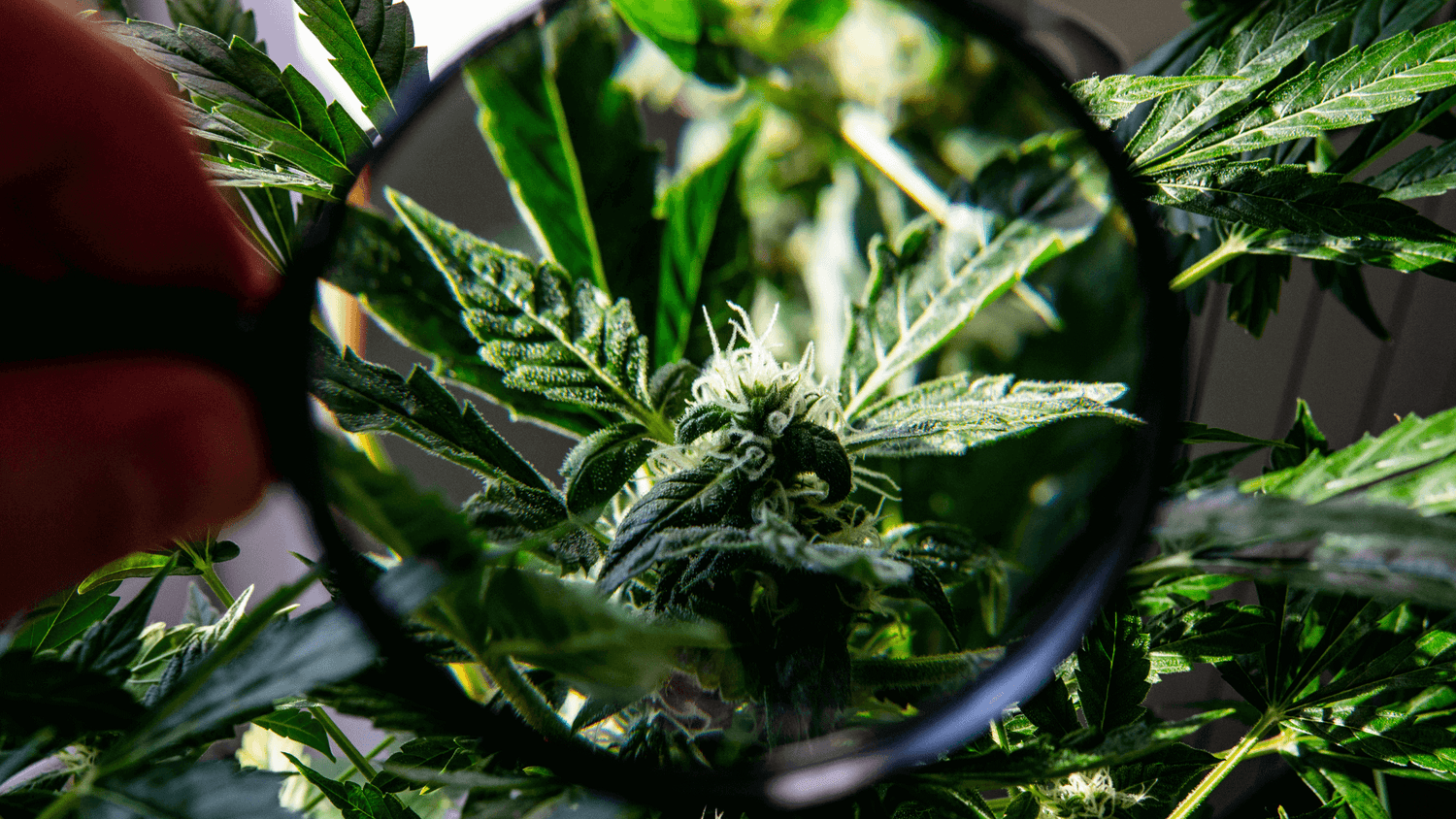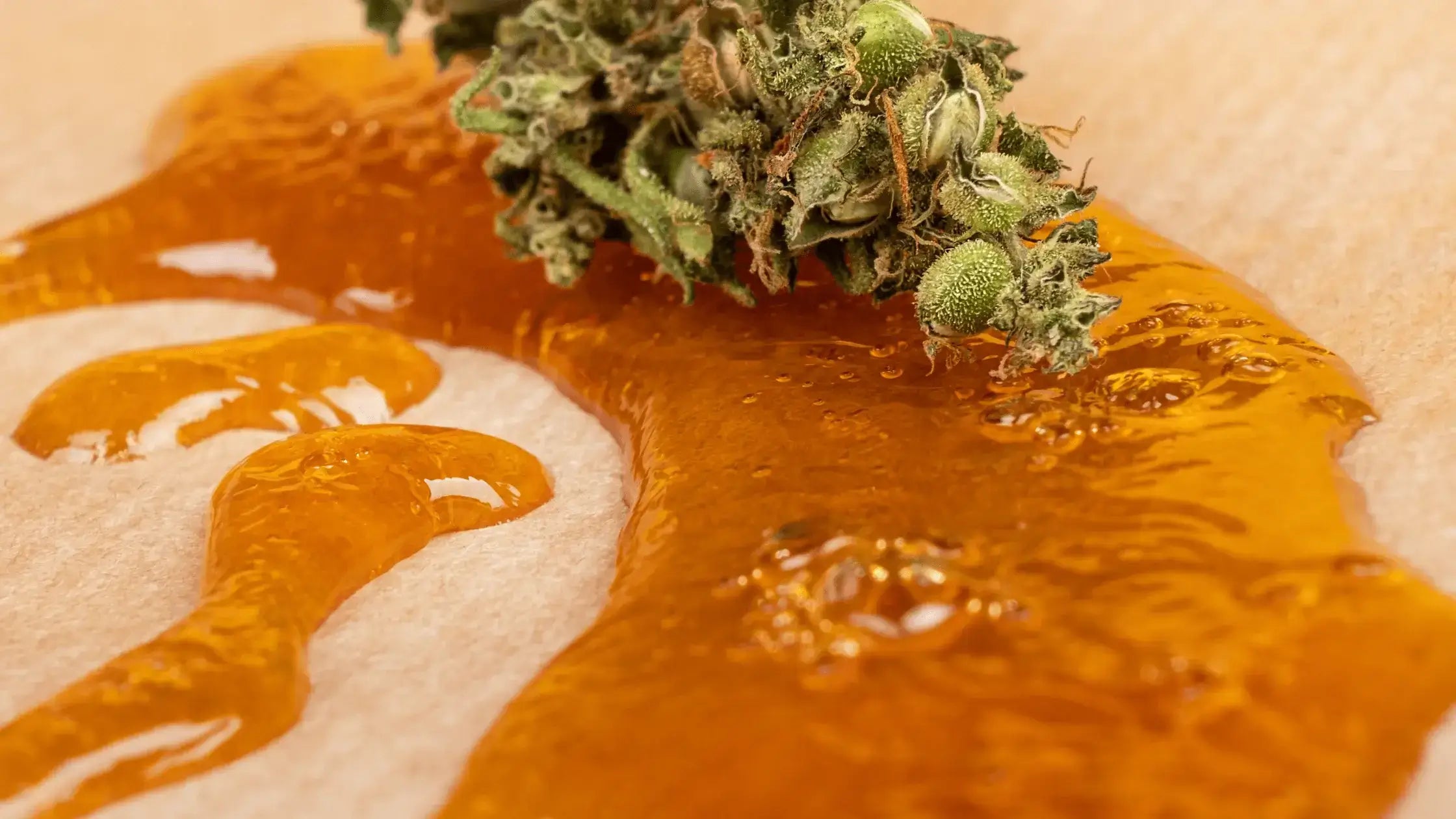Cannabis enthusiasts understand the importance of quality when it comes to their beloved flower and edibles. One aspect that can significantly affect the safety and enjoyment of these products is the presence of mold. Mold not only compromises the potency and freshness of cannabis, but it can also pose potential health risks. In this blog, we will delve into the various ways to identify mold on weed flower and edibles, discuss what to do if you find any, and highlight best practices for storing cannabis products to prevent mold and other contaminants.
Identifying Mold on Cannabis Flower
Visual Inspection
One of the most straightforward methods to identify mold on cannabis flower is through a visual inspection. Look for any discoloration, patches of white, gray, green, blue, or black spots on the surface of the buds. Moldy areas may appear fuzzy or powdery, indicating the presence of mold spores.
Texture and Smell
Mold-infected cannabis often has an unusual texture. The buds might feel overly moist, slimy, or crumble easily. Additionally, pay attention to any off-putting odors, such as a musty or rancid smell. These signs can be indicative of mold growth.
Using a Magnifying Glass
For a closer examination, you can use a magnifying glass to inspect the buds. Look for tiny, thread-like structures called hyphae, which are characteristic of mold. If you spot any, it's a clear indication of mold contamination.
Discovering Mold in Edibles
Visual Examination
when inspecting edibles, look for any visible signs of mold, such as discoloration or fuzziness on the surface. Pay attention to changes in texture or a stale odor, as these can also indicate mold growth.
Strange Taste or Smell
Consuming moldy edibles can be harmful, so it's crucial to trust your senses. If you notice an unpleasant or sour taste, or detect an off-putting smell, it's best to err on the side of caution and discard the product.
Preventing Mold and Contaminants in Cannabis Products
Proper Storage
Storing cannabis flower and edibles in airtight containers, such as glass jars with a tight seal, is essential. This helps prevent moisture from entering and reduces the risk of mold growth. Keep the containers in a cool, dark place, away from direct sunlight and fluctuating temperatures.
Humidity Control
Maintaining an optimal humidity level is vital for preventing mold. Invest in humidity packs specifically designed for cannabis storage, which regulate moisture levels and prevent mold growth without drying out the buds.
Regular Inspection
Periodically inspect your cannabis products for any signs of mold. This practice helps you catch any potential issues early and ensures you consume safe and fresh products.
Quality Assurance
Purchase cannabis products from reputable sources. Ensure that they adhere to proper cultivation, processing, and packaging practices. Responsible manufacturers and growers prioritize quality control to minimize the risk of mold contamination.
Identifying mold on cannabis flower and edibles is crucial to ensure your safety and the quality of your cannabis experience. By conducting visual inspections, using your senses, and understanding proper storage techniques, you can significantly reduce the risk of mold growth. Remember, when in doubt, it's always better to discard a potentially contaminated product. By following these best practices, you can enjoy your cannabis with peace of mind, knowing that it's free from mold and other contaminants while preserving its potency and freshness.
Get to Know Your Bud From the Inside Out
As you get in the habit of regularly checking your cannabis for mold, it's a good idea to check your bud's potency as well! Understanding the exact potency of your flower and/or homemade edibles is crucial to cultivating a mindful, empowering cannabis experience. With tCheck, you can ditch the guesswork and confusing math. Our compact and powerful THC & CBD potency tester is easy to use and gets you accurate results in under 5 minutes. Follow the link below to learn more about how tCheck can revolutionize your cannabis practice.









